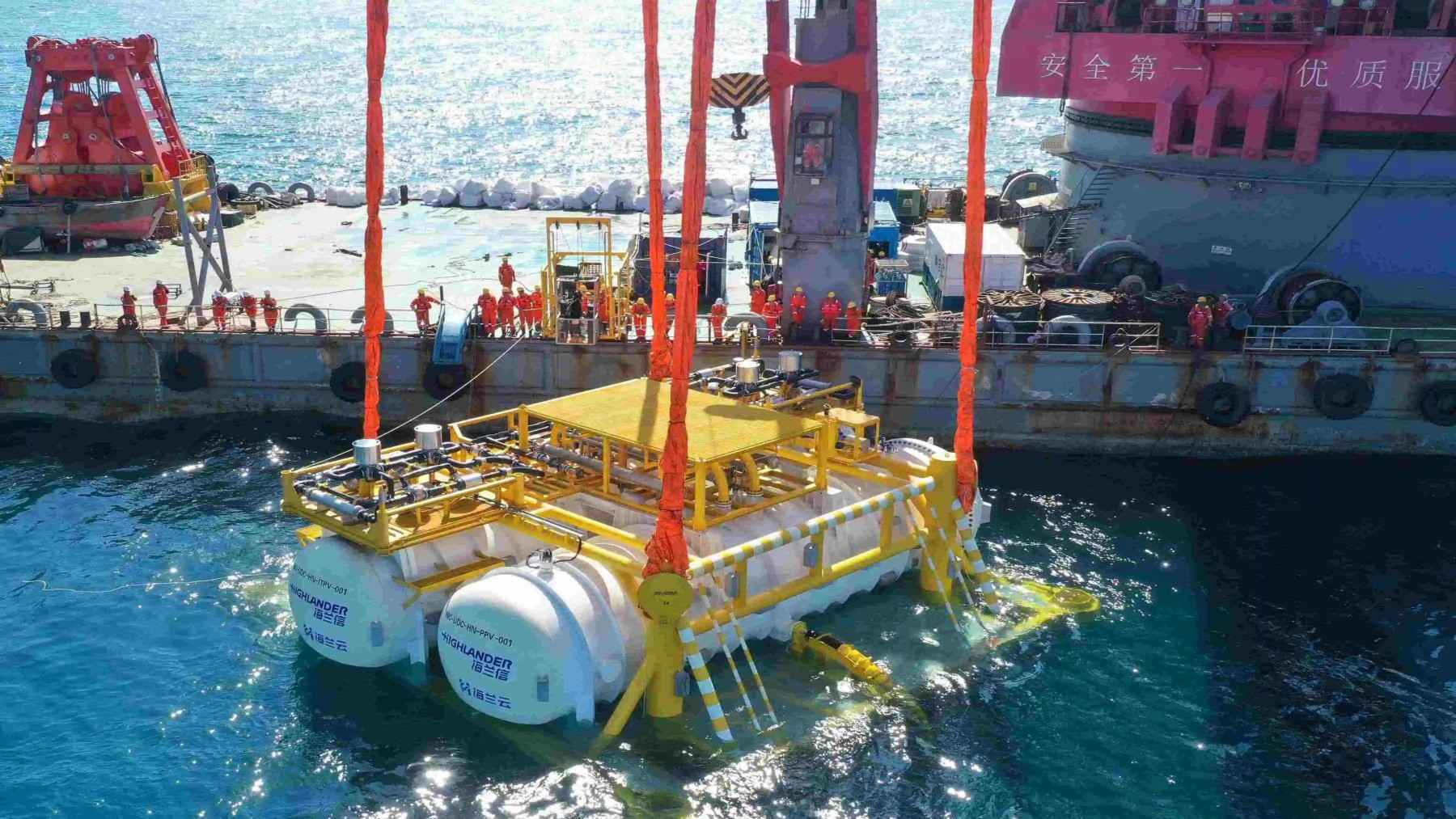Deep beneath the ocean waves, China’s kept cables buzz with global data and potential power. The hidden networks could also serve as massive clean energy conduits, providing 122,000,000 kWh while sending messages and signals. The hidden frontier blends communication and energy, influencing geopolitical tides out of sight and under speaking waves.
Beneath the surface: Uncovering the hidden power, secrets, and energy potential of the undersea internet
Over 95 percent of all intercontinental internet traffic traverses submarine fiber-optic cables lying under the ocean bottom. These cables have no protection against storms, fishing nets, anchors, changes in the seabed, or even sabotage. In order to save them, others are literally buried underground in the seabed trenches.
Burying eliminates accidental traffic caused by ship anchors or dragging nets, offers an extra tactic of stealth, and offers the employee of the cable control, by means of landing rights, repair rights, and allowing power, a strategic position: they are able to track down, reroute, or even cut down the traffic, if necessary.
China is also reported to have increased its fleet of undersea cable repairs, tightened the outstanding permit control over key oceanic zones, and quickened its ability to map and control the oceanic infrastructures. The notion of burying the internet can hence be taken both literally (the seabed cables) and metaphorically (dominance, influence, and control over pipelines that allow data to flow).
The high stakes beneath the waves: Who controls the data that runs the world
The undersea telecom cables are not necessary only in terms of speed or reliability; they are the keys to the world power balance. The countries dominating the access controls, carrying out repairs, or operating landing stations are capable of influencing the ones that rely on the networks.
Furthermore, China’s quest to gain digital sovereignty has proven to dominate the cable routes on the South China Sea by involving outposts of its islands and monitoring international projects, leading to the undersea AI cooling to avert meltdown.
Unplanned or deliberate accidents along Taiwan waters, Baltic waters, and other disputed waters are revealing the vulnerability of this buried infrastructure. These incidents demonstrate the issue of why these cables are desirable objects of hybrid warfare and geopolitical pressure.
The hidden power of undersea cables is transforming global data, energy, and geopolitical influence
What could happen in the case when both data and power could be conveyed by underwater infrastructure? China is also moving into offshore renewable energy that relies on submarine cables to conduct electricity to the bank.
The Dogying City solar project has already connected its initial circuits to the grid by underground and onshore cable, as well as wind projects such as Huizhou port (II), which use the same network to supply energy to the grid.
These cases demonstrate China integrating energy generation and undersea information corridors, which transform the customary communication cable into power infrastructure.
Diving into the tensions, risks, and the high-stakes gamble beneath the waves
There are significant issues related to engineering, environmental, and geopolitical risks. These projects in deep oceans encounter corrosion, saltwater, high pressure, moving plateaus, and storms, which may harm cables or power platforms.
This two-use model or approach, which entails the accumulation of information and authority, leads to more questions: who presides over the grid and the cables, and when will energy be a bargaining chip? With the expansion of China into undersea infrastructure and energy generation, the issues of transparency, safety, and control are bound to increase.
China’s undersea cable initiative combines both data and energy. And the actual capacity to generate 122,000,000 kWh from underwater infrastructure makes it a reality. When the communication and power networks combine, the cables under the ocean can provide electricity while giving control of the seafloor not only data but also a strategic position in energy, technology, and geopolitics, just like this unprecedented OceanX typhoon killer

